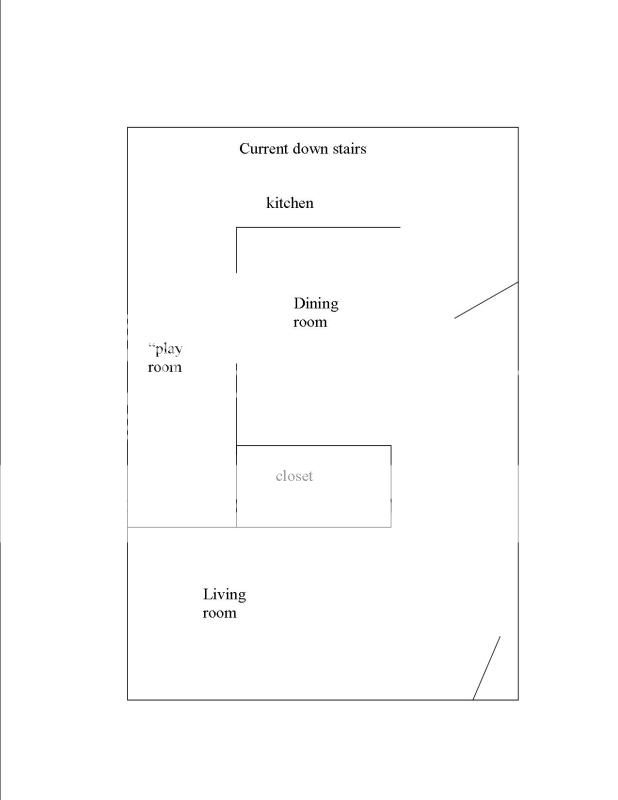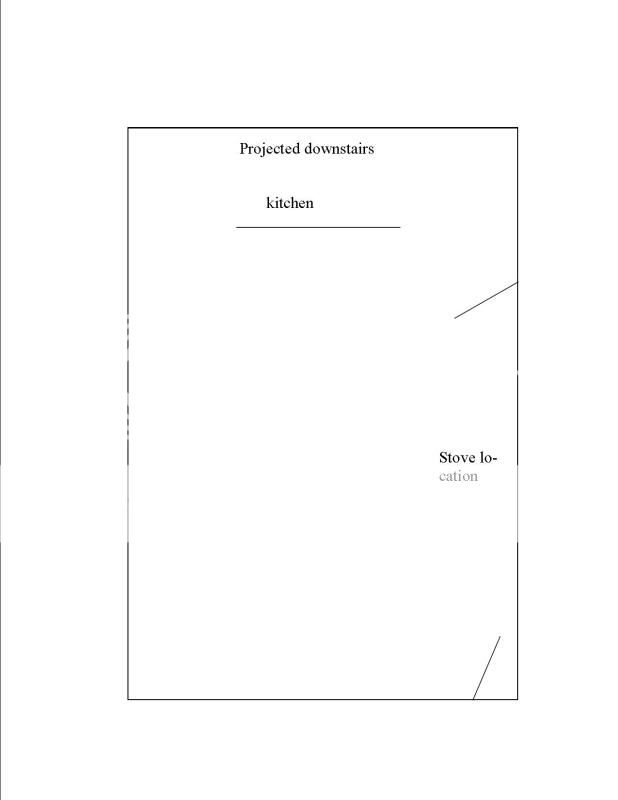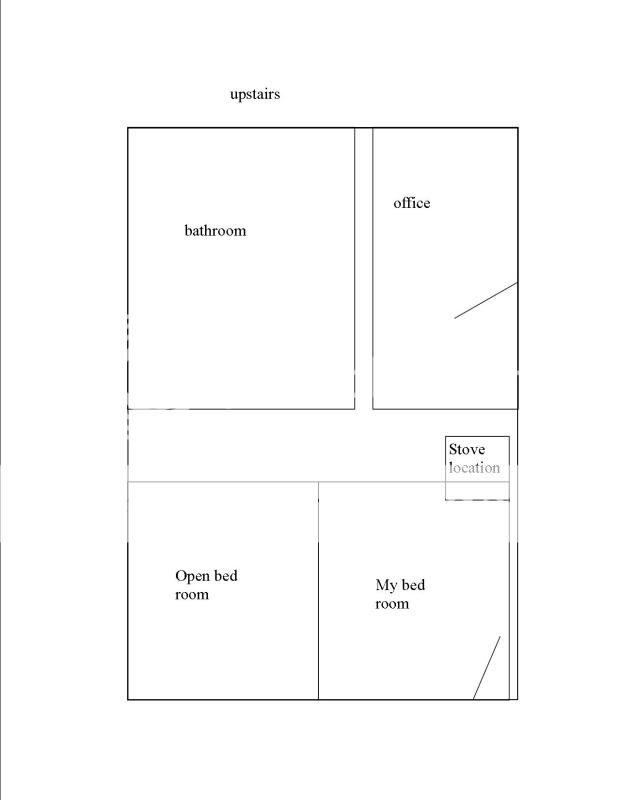Well, sort of confused. I've been lurking here and other places trying to learn what I can about wood stoves, but even after searches I still have a few questions-or would like your thoughts on some things.
I have a budget of about 6K for the stove and the chimney. I can increase that if necessary as I want to make sure I do things right the first time rather than skimp a bit-but I would like to be as frugal as I can. I want to cook on the stove a little, but not for elaborate meals or anything like that. Just boil some water, heat some soup and maybe a stew here and there. I have two floors to heat. Probably about 2000 square feet total. I am renovating to open up the entire downstairs-to better heat and I like open space.I think I have narrowed the cast stoves to napoleon, lopi and pacific-they seem to be the preferred from what I have been able to read. Not sure about soap stone though. Placement of the stove isn't a problem as I am renovating I can put it anywhere you suggest.
1. soapstone or cast iron? Of course the soap stone is pretty, but as long as I can watch the flames dance and warm up some coco, I'll be happy. From what I've read, soap is more radiant, but is it enough to warm a space?
Be careful cooking on either one, as a spill over will make a mess, and may bake onto the surface. Stone will take a lil longer to heat the place, but once heated it will be fine. Will also cool off slower too giving heat off longer. Have to be more conscious of not overfiring, as they handle tamps at lower specs than steel.
2. chimney-masonry or steel. I'm leaning towards steel, I guess the triple insulated? The masonry seem to be less efficient. The stove will be on the first floor so I'm figuring about 30 ft from stove to 3-4 ft over the roof-give or take a bit.
Stainless steel/insulated muiltifuel stack is the way to go IMO. And will be less expensive than masonry. You can get insulated double or triple wall, both Class A. The double being smaller, and more expensive.
3. Can a chimney be put inside the house? Would a masonry chimney be able to go inside? Just seems like it might be a heating option...I dunno-and I read that somewhere
 Go straight up and out for best draft & results. May need a damper at 30 foot. I have 27' lining here and drafts real well, but it is on an insert, no room for a damper, and really no need in my case.
Go straight up and out for best draft & results. May need a damper at 30 foot. I have 27' lining here and drafts real well, but it is on an insert, no room for a damper, and really no need in my case.
4. to heat the upstairs-I was thinking of a few vents in the ceiling, but I wonder if 1 vent around the stove might be better as to push the air in one direction rather than a few vents and having air get stuck. Will it get stuck? The upstairs will not be open and has a few bedrooms, and such. As it works out, the stove will be under the hallway...so maybe just one vent in that?
First try leaving the upstairs room's doors open and see how that works. No sens adding holes if not needed. And that may be a firestop concern if cutting holes between the floors. I did but used firestop dampers between the rooms.
I think that is it for now. I live in North East PA. This will hopefully be a primary heat source once I get good at it.
I live in the same area, if downstairs is open, go large on the stove.
Thanks
Elle
)





 I have to tell you....around here we do things.....um... we just do them. Not that, that is correct, but eh...the house is over 100 years old...I'm surprised the wiring didn't kill us yet! But I jest...I would not want to be unsafe, but honestly...the vents are already there, they are just covered up with flooring and suspended ceiling. I was wondering if one vent open would be better for airflow than two or three. Yes, I guessed I would have to experiment and see how to best move the air around. I guess I have the vision of it going flawlessly up the vent right over the stove, then the cold air coming down the stairs and into the fire.
I have to tell you....around here we do things.....um... we just do them. Not that, that is correct, but eh...the house is over 100 years old...I'm surprised the wiring didn't kill us yet! But I jest...I would not want to be unsafe, but honestly...the vents are already there, they are just covered up with flooring and suspended ceiling. I was wondering if one vent open would be better for airflow than two or three. Yes, I guessed I would have to experiment and see how to best move the air around. I guess I have the vision of it going flawlessly up the vent right over the stove, then the cold air coming down the stairs and into the fire. .of course when I am 75 I might not feel like chopping wood, but that is quite a few decades away and God willing I will still be able to get out there and do it. Just have to buy a hydraulic log splitter instead of doing it by hand
.of course when I am 75 I might not feel like chopping wood, but that is quite a few decades away and God willing I will still be able to get out there and do it. Just have to buy a hydraulic log splitter instead of doing it by hand 
